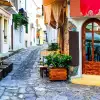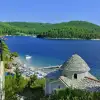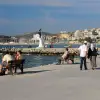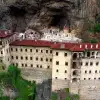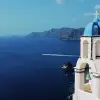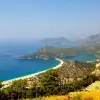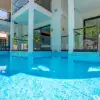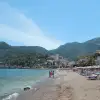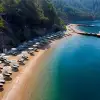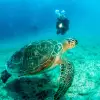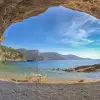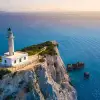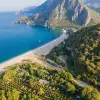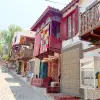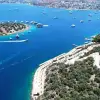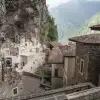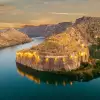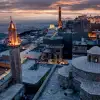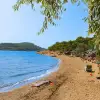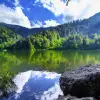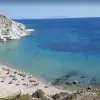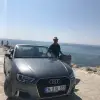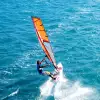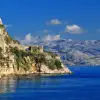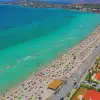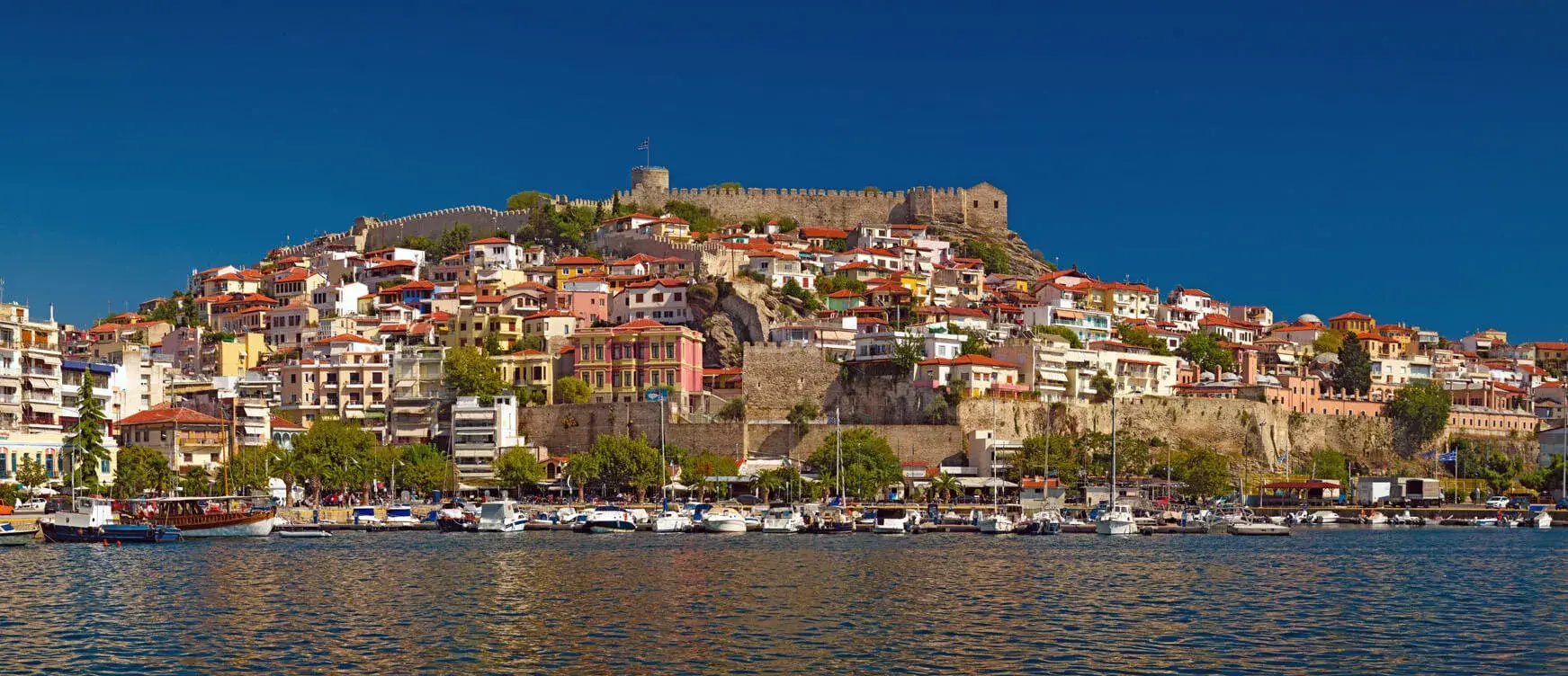
Places to see ın Kavala, Greece
The Blue City, the Greek Monte Carlo, these are all names connected to the city I visited...
Unjustly overshadowed by Thessaloniki, Kavala is truly a hidden gem of Northern Greece. It resembles a large horseshoe curving around the bay, hence the name.
It has a lot of history, a lot of natural beauty and people are more relaxed here than in Thessaloniki.
In Kavala all the walks start and end at the harbor near the sailing club where people sit to enjoy the local cuisine. In the evening all cars leave the area and the area around the harbor becomes a large pedestrian zone.
One day is too short for Kavala but here is my list of places to visit: My Road to Kavala
Panagia
Kavala, with 2500 years of deep-rooted history, is divided into two parts: Palia Poli (Old Town) and Nea Poli (New Town). Panagia, the historical heart of the city, takes you on a journey through time with its bay window houses, colourful mansions, narrow cobbled streets decorated with courtyards and unique historical texture.
In the past, Kavala was limited to the Panagia Peninsula, but during the Ottoman period, the population began to expand beyond the city walls to build the new district of today. Today the majority of the city's inhabitants live in the modern Nea Poli, but the true spirit of Kavala can still be felt at the foot of Castro Castle, in the old quarter, in the streets and traditional houses that reek of history.
Starting as soon as you pass the historic aqueduct Kamares, the Panagia neighbourhood invites you on a journey of discovery that leads you to the majestic Kavala Castle at the highest point of the city. Although climbing the narrow streets with slopes and stairs requires some effort, you can refresh your energy and enjoy the impressive view thanks to the cosy cafes and restaurants where you can take frequent breaks during this journey. Kavala is an indispensable destination for those who want to witness the past and enjoy a peaceful atmosphere.
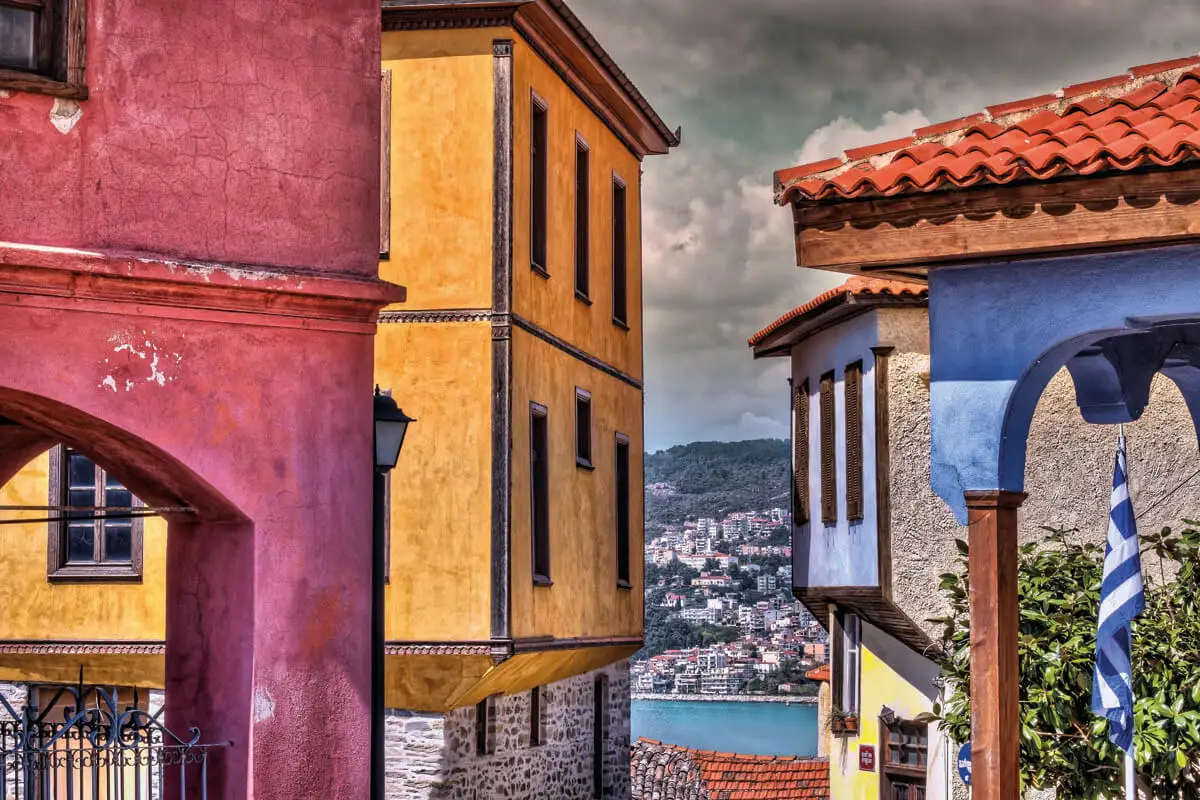
Must-see sights in Panagia
Kavala Castle
Located at the highest point of the city, it offers visitors a historical atmosphere and breathtaking views. With its deep-rooted history from the Byzantine period to the Ottoman era, Kavala Castle is not only a defence structure, but also a gateway to the heart and soul of the city. It has a spectacular 360-degree view of the city. It is an indispensable stop for those who want to witness Kavala's past and cultural richness. There are also Turkish houses with bay windows inside the castle and these houses are now used as an open-air theatre.
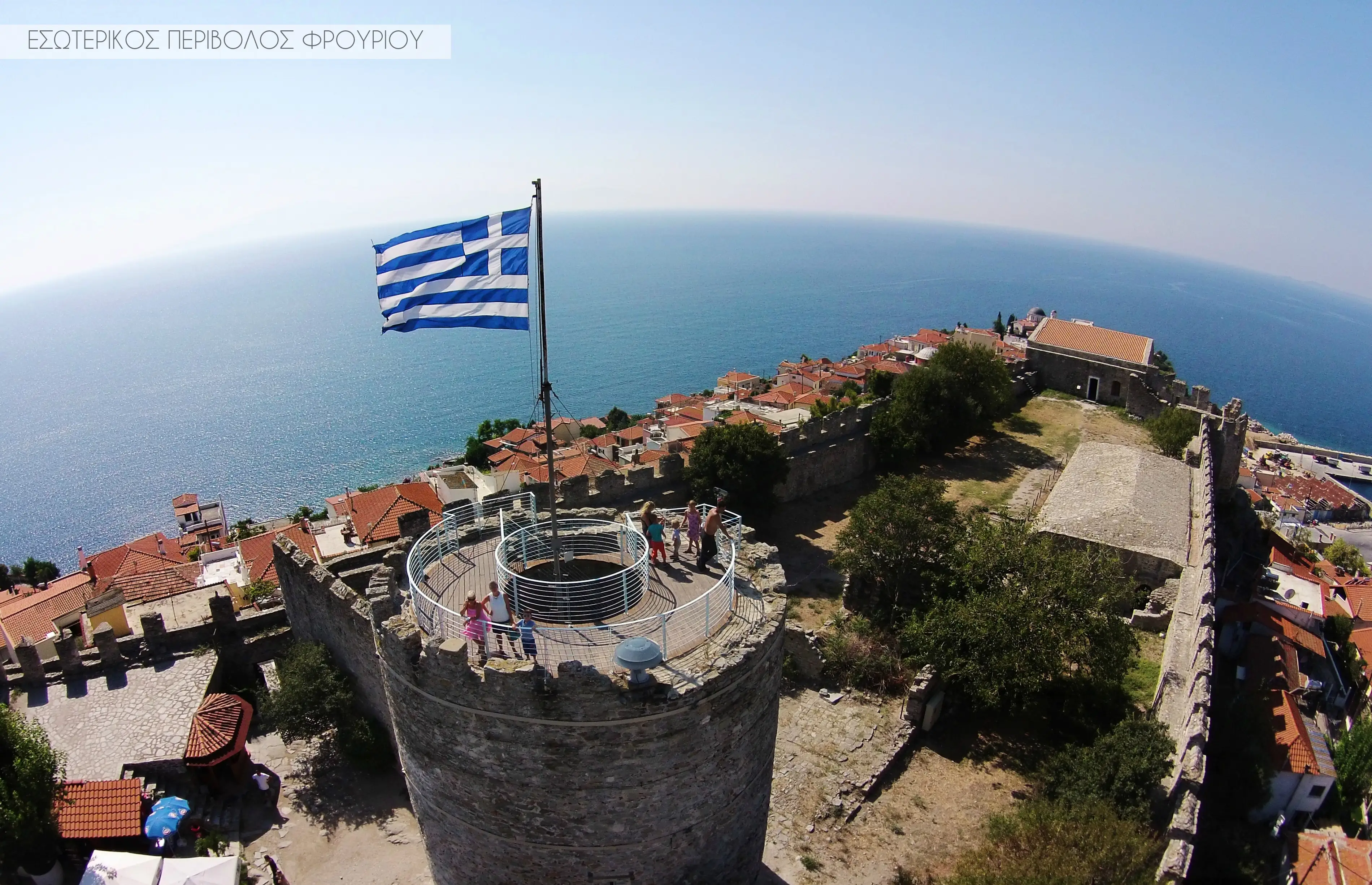
Aqueduct Kamares
Aqueduct Kamares is Kavala's trademark.
Originally used to carry water from the nearby fortifications using the slope, it was given its current appearance by the Turks in the 16th century and is still impressive 500 years later. It has 60 arches, you must see it.
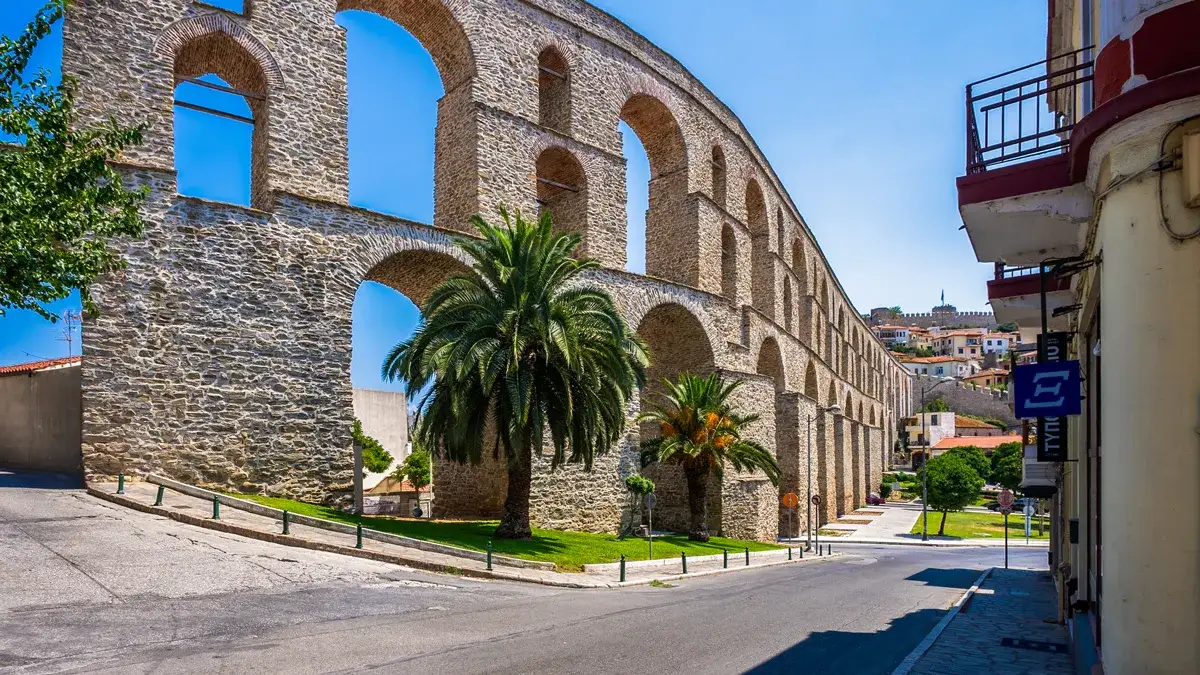
Tobacco museum
Kavala was once the main center where tobacco was distributed all over the world. In 1913, there were 50 tobacco companies and 160 tobacco warehouses in Kavala. Thousands of Christians, Muslims and Jews were employed in the tobacco industry.
Tobacco generated huge profits for entrepreneurs, so their houses in Kavala were distributed in a neoclassical style, according to the principle "the bigger the better", testifying to the wealth of the owner. Tobacco merchants were so rich that they used to light their wives' cigarettes with real money!
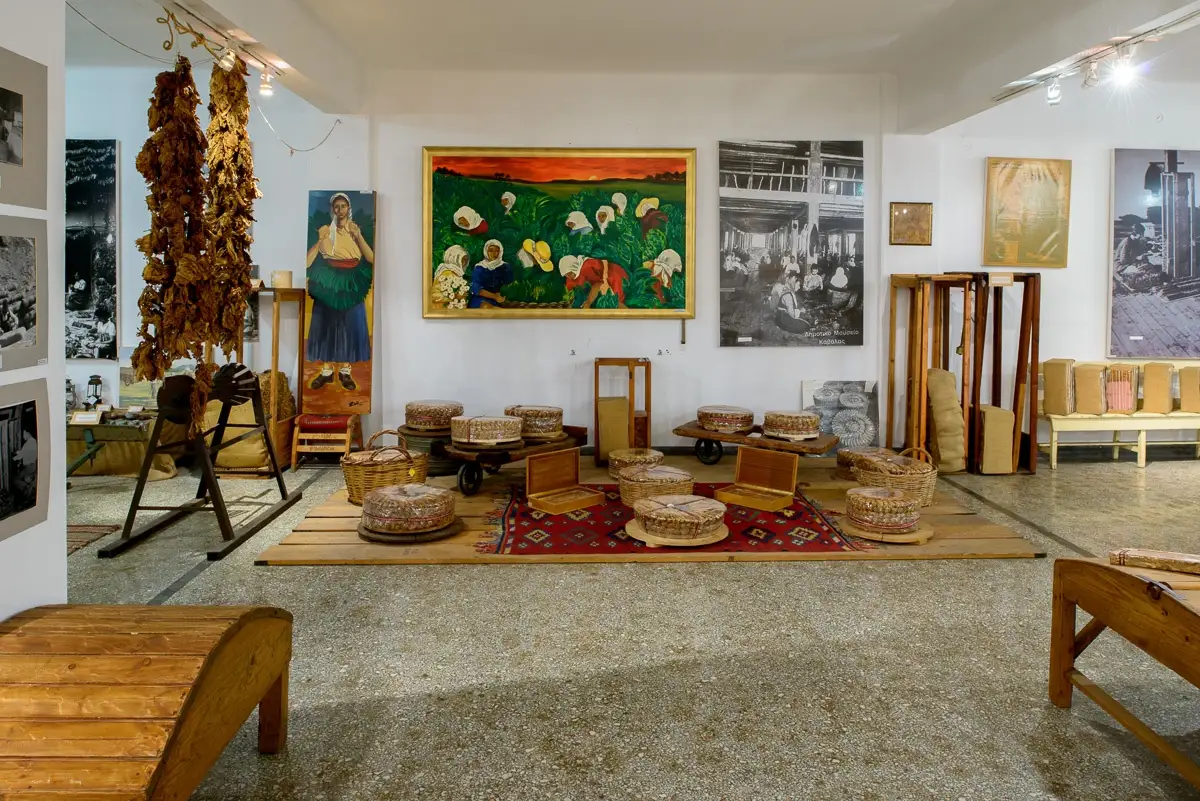
Imaret
This fascinating structure is an outstanding example of Ottoman architecture, built by Muhammad Ali, a Turkish commander, in 1817 as a gift to his homeland. The building also served as a school where Islam was taught.
Designed as a center for the spiritual life of Muslims, it was later converted into a refuge for refugees and today it is a hotel. This hotel is also where we stayed. I recommend it.
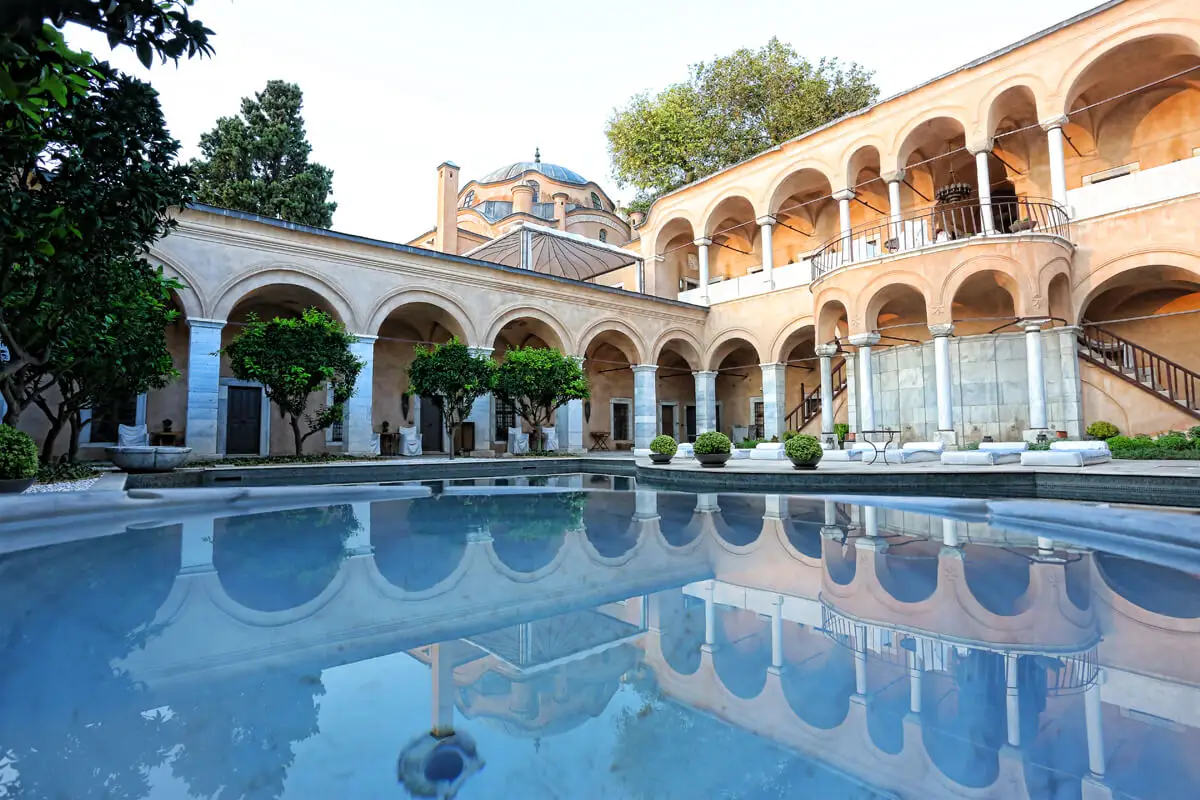
Halil Bej Mosque
Built on the foundations of St. Peter's Holy Orthodox Church, visible through the glass floor, the building testifies to the changes that have taken place here.
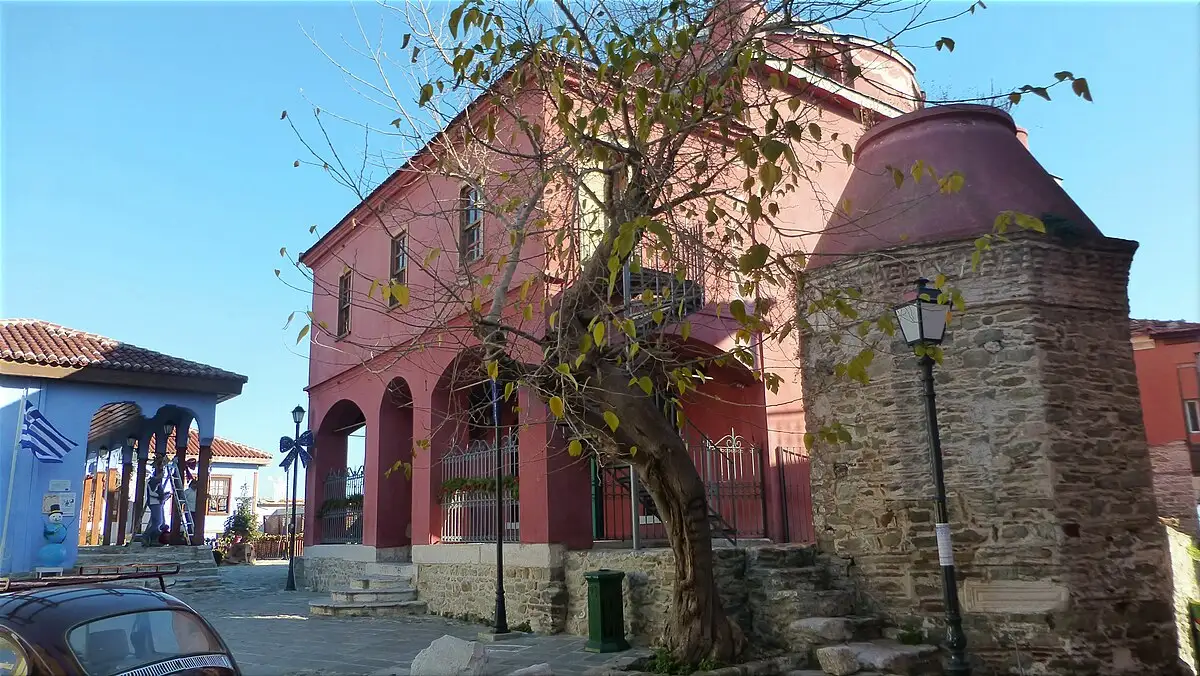
Mohammad Ali house
This house is actually located on a square in the old town. The house also represents a great example of Ottoman architecture. The first part consists of the men's rooms, the pasha's private rooms and the guest rooms. The second part consists of the women's mahfile, the hammam and the hall.
In the square there is a monument to Ali Pasha, where the sword is symbolically sheathed, signifying his return home. In Egypt there is a similar statue with a drawn sword representing the march to victory.
In this square there is also the Church of the Virgin Mary, where we witnessed a wedding.
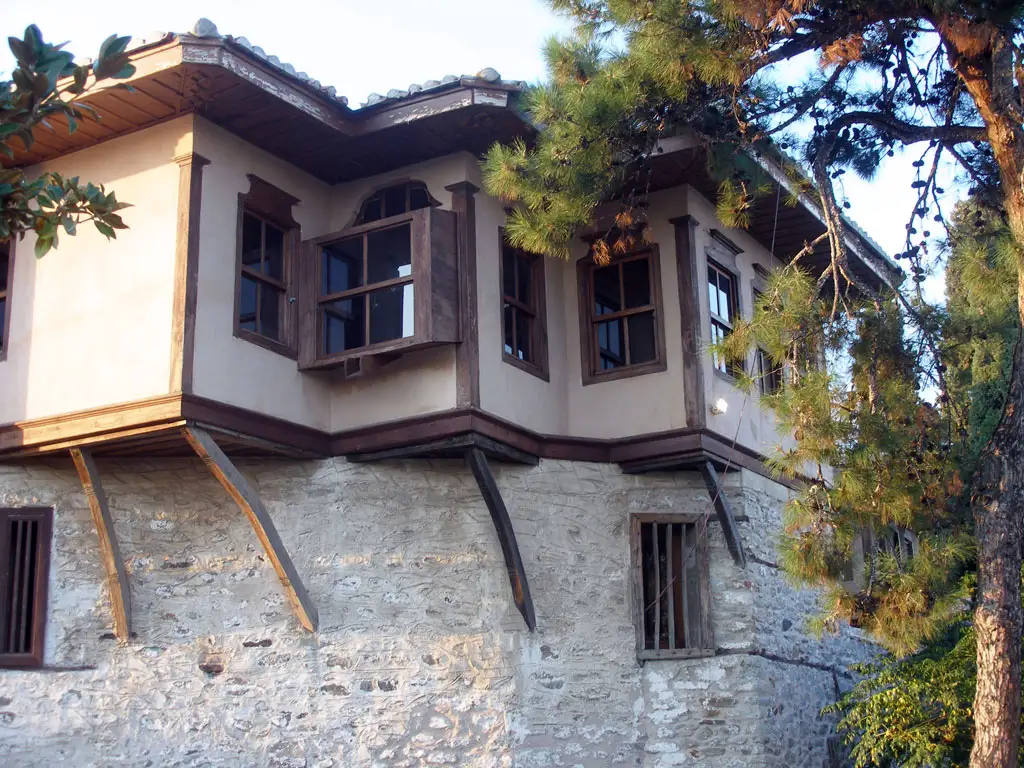
Church of St. Nicholas
A monument marking the place visited by the Apostle Paul, who came to preach Christianity at the invitation of the local people.
In earlier times there was a mosque here instead of a church.
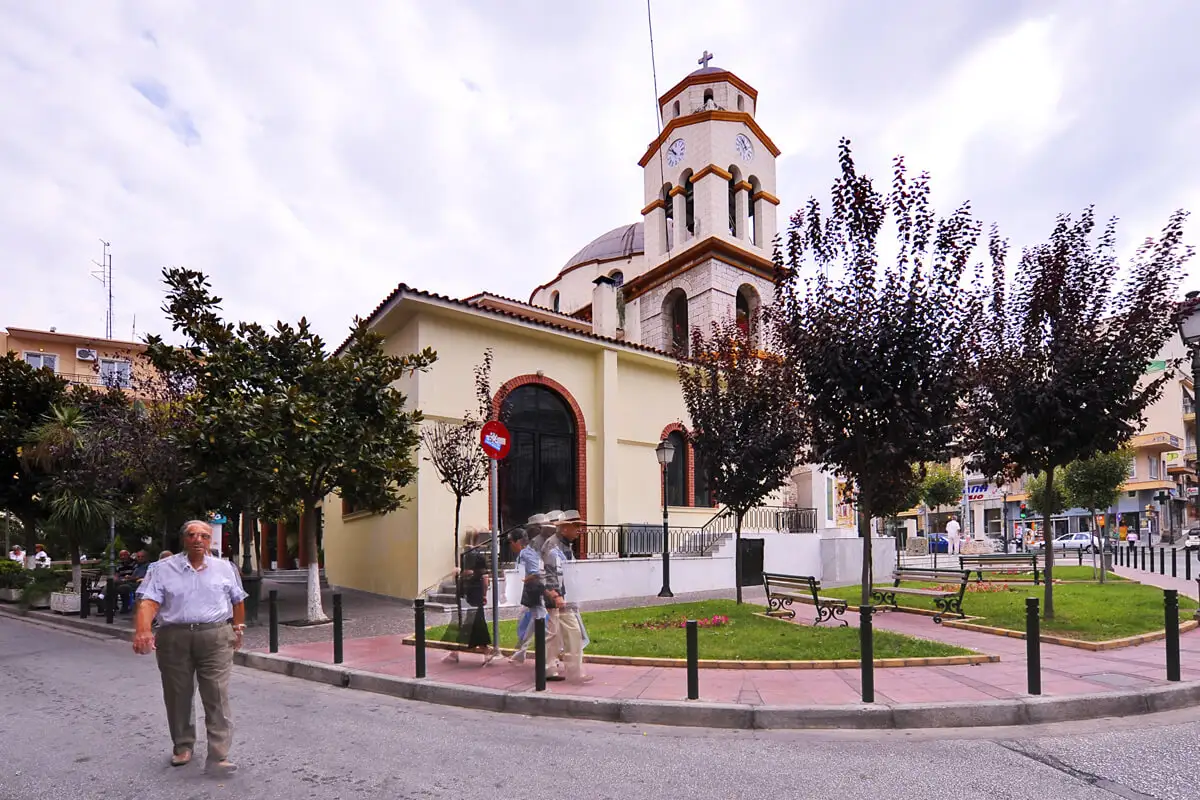
Maritime Museum
The Gulf of Kavala is rich in fish and known for its experienced fishermen, as this museum shows us.
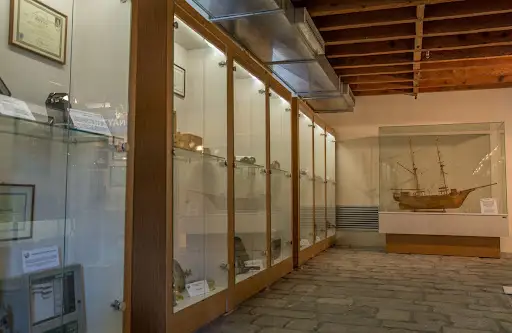
Briki coffee shop
A popular place in the centre of Kavala, offering the traditional Greek coffee experience at its best. This small, cosy coffee shop is particularly famous for its traditional Greek coffee called ‘briki’. Briki is a drink made by slowly boiling coffee in a heavy coffee pot, resulting in a rich foam and intense flavour. Briki Coffee Shop combines this tradition with a modern atmosphere, attracting locals and tourists alike.
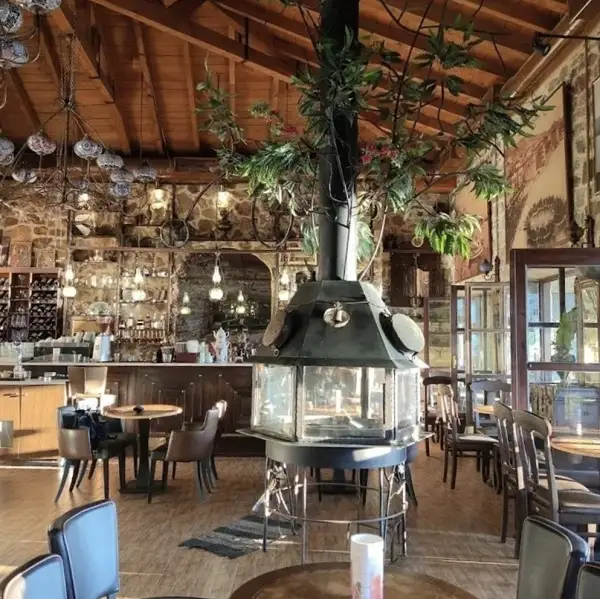
Town Hall
One of the most striking buildings in Kavala city centre. Built in the early 1990s as the house of a Hungarian merchant, this building has an elegant design reflecting the architectural understanding of the period. It attracts attention with its two-storey structure, detailed carvings and original exterior design. The Town Hall, which contributes to the modern architectural heritage of Kavala, especially with its neoclassical style and symmetrical structure, attracts the attention of visitors to the city. This building, which is both aesthetically and functionally important, is a must-see architectural monument that is in harmony with the historical texture of Kavala.
Filippi Archaeological Site
Located about 15 kilometres outside Kavala, it is a UNESCO World Cultural Heritage site that contains the most valuable remains of antiquity. The area is full of ruins, monuments and buildings dating back to 350 BC. Especially the remains of the Hellenistic and Roman periods reveal the historical richness of the region. The amphitheatre, located in the archaeological area, has become an area where cultural activities such as concerts and events are held today. In the historic theatre, visitors can listen to music or watch shows in an impressive atmosphere that has survived from ancient times to the present day. Filippi is a unique discovery area for both history buffs and those interested in cultural events.
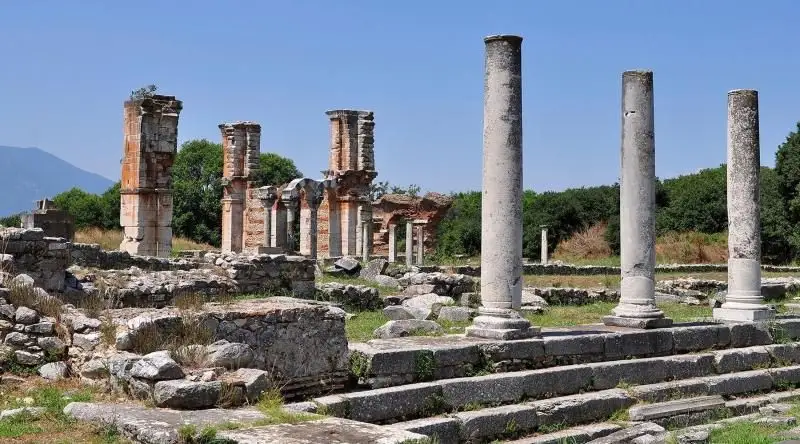
If you can find an empty place, the last walk of the Panagia tour ends here... It has the most beautiful view of the city.
This is how I end my day in Kavala and retire to my hotel...
This article is just the tip of the iceberg. There are many more things to discover in and around Kavala. I will continue to talk about different places in my future articles.
Food and Drink Recommendations in Kavala
Konstantaki Family run business, hummus with octopus is a must try (Nea Peramos)
To Kanoni is in a historical building. Especially the meat dishes and appetisers are worth trying.
Kouzina Efkarpia Located close to the city centre, the menu includes olive oil dishes, appetizers and main courses.
Taverna To Filaraki Bakery dishes and fresh seafood. (Palio)
Savvas Seafood We Turks prefer, by the sea. Our longing for the sea sağolsun☺️
Evangelou Confectionary Profiterole heaven! Make it with your own ingredients. (in the centre)
Taverna Vosporos Family-run, seafood and home-cooked food. Get ready for evenings with live music (in the centre)
My Favorite Places
Konstantaki Family-run, must-try hummus with octopus (Nea Peramos)
To Kanoni: In a historic building. Especially the meat dishes and appetizers are worth trying.
Kouzina Efkarpia: Located close to the city center, the menu includes olive oil dishes, appetizers and main dishes.
Taverna To Filaraki: Bakery dishes and fresh seafood. (Palio)
Savvas Seafood: We Turks prefer it by the sea. Our longing for the sea sağolsun☺️
Evangelou Confectionary: Profiterole heaven! Make it with your own ingredients. (in the center)
Taverna Vosporos: Family run, seafood and home cooking. Get ready for evenings with live music (in the center)
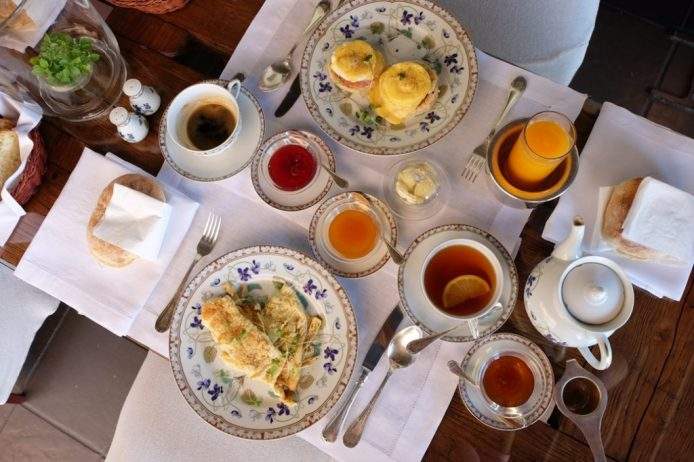
Frequently Asked Questions About Kavala
How Many Days to Stay in Kavala?
2-3 days are enough to fully explore Kavala’s historical and natural beauty. This duration is ideal for visiting the city center’s historic spots and nearby beaches. For longer stays, you can consider exploring nearby islands.
Do You Need a Car in Kavala?
The city center of Kavala is small and walkable. However, renting a car will be very helpful if you plan to visit nearby places like Ammolofoi Beach, Philippi Ancient City, or Thassos Island.
Where to Rent a Car in Kavala?
You can rent a car from the city center, the port area, or Kavala International Airport. International companies like Avis, Hertz, and Enterprise, as well as local agencies, offer car rental services.
Is There Public Transportation in Kavala?
Yes, Kavala has public transportation options. City buses provide access to central areas and nearby villages. However, the network is limited, so renting a car is more practical for exploring surrounding areas.
What Is Kavala Famous For?
Kavala is famous for its Ottoman-era architecture, fresh seafood, Kavala cookies, the historic aqueduct (Kamares), and the charming streets of Panagia District. The house museum of Mohamed Ali Pasha is also a must-visit.
Which Greek Islands Can You Visit from Kavala?
Regular ferry services operate from Kavala to Thassos (Thasos) Island. In the summer, ferries to other Aegean islands are also available.
When Is the Best Time to Visit Kavala?
Kavala can be visited year-round, but the best time is spring and summer. From April to September, you can enjoy the sea and outdoor activities. In autumn and winter, the city offers a peaceful atmosphere and historical exploration.
How Much Is the Visa on Arrival for Kavala?
As part of the Schengen Zone, a Schengen visa is required to visit Kavala. During summer, the visa-on-arrival program costs approximately €70-80. For updated information, consult travel agencies.
How Long Does It Take to Travel from Kuşadası to Kavala?
There is no direct ferry or bus route from Kuşadası to Kavala. You can travel via intermediary cities such as Thessaloniki or Alexandroupoli, and the total journey usually takes 7-8 hours.
Are There Car Ferries in Kavala?
Yes, car ferries operate from Kavala to Thassos Island. Ferry services are more frequent in the summer season.
What Language Is Spoken in Kavala?
The official language in Kavala is Greek. However, English is widely spoken in tourist areas.
Is Kavala a Beautiful Place?
Yes, Kavala is a stunning city with historical landmarks, Ottoman heritage, sea views, and a peaceful atmosphere.
Are There Mosques in Kavala?
Yes, Kavala has Ottoman-era mosques, such as the Ibrahim Pasha Mosque. These structures are now used as museums or cultural venues.
Do You Need a Visa for Kavala?
Yes, a Schengen visa is required for Turkish citizens to visit Kavala. A visa-on-arrival program is available during the summer months.
Can You Visit Kavala in Winter?
Yes, Kavala is also suitable for a winter visit. The city’s historical charm and tranquility make it an ideal destination for a peaceful getaway.
What Do You Need to Visit Kavala?
To visit Kavala, you need a passport, a Schengen visa (or visa-on-arrival), a travel ticket, and ID. It’s also recommended to carry your hotel reservation details.
How Much Is the Overnight Hotel Tax in Kavala?
- 1-2 star hotels: €0.50 per night
- 3-star hotels: €1.50 per night
- 4-star hotels: €3 per night
- 5-star hotels: €4 per night
Hotel and Accommodation Recommendations in Kavala
You can visit our https://www.boutiquesmallhotels.com/kavala-hotels


